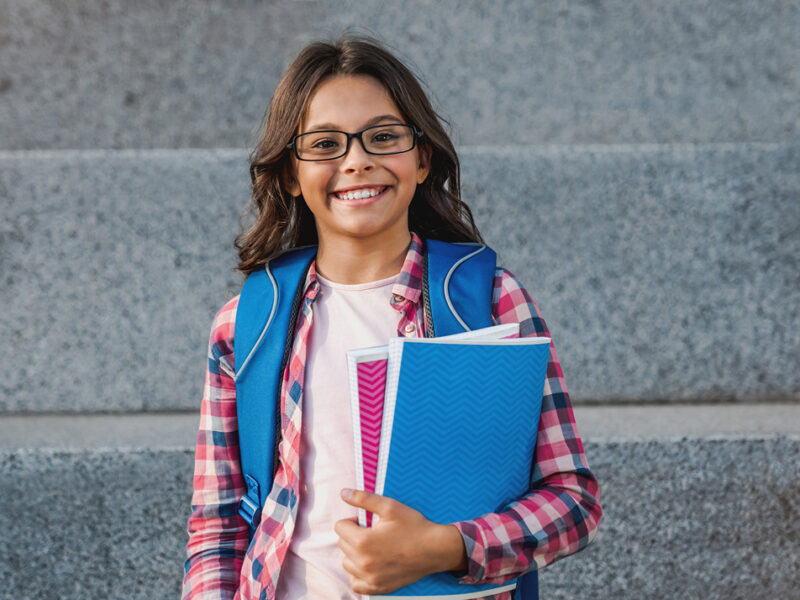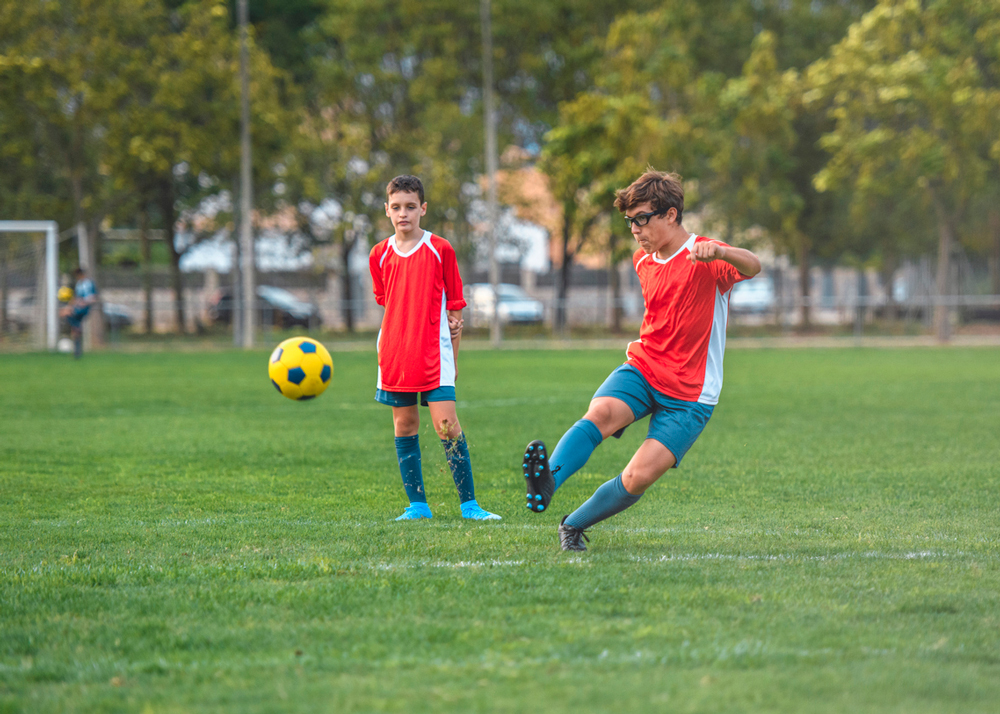Children’s Vision and Education

Prioritize Children’s Eye Health All Year Long
Healthy vision is essential for a child’s development, learning, and overall well‑being. From reading in the classroom to exploring the world outside, clear vision helps children build confidence, perform better academically, and fully engage with everyday activities.
Routine eye exams play a key role in detecting vision issues early, often before they begin to affect school performance or daily life. Many common conditions, including myopia (nearsightedness), can be managed more effectively when caught early, setting children on a path to long-term eye health.
The Vision Council Foundation is committed to providing education, resources, and tools to help families, educators, and the eye care community make children’s eye health a top priority.
Back to School with Healthy Vision
Kick off the school year by prioritizing eye health for the entire family.
The back-to-school season is a great time for parents and guardians to schedule comprehensive eye exams for the whole family. A regular eye exam not only ensures kids have an up-to-date prescription or discover if they need glasses, but also sets them up for success in the classroom and safeguards long-term eye health.
The Vision Council Foundation’s Back to School Eye Health toolkit contains free, ready-to-use materials to help spread the word about eye health, educate families about childhood myopia and its prevention, and promote healthy vision habits in and out of the classroom.
What Happens During an Eye Exam
During a comprehensive eye exam, your eye doctor not only determines your prescription for eyeglasses or contact lenses but also checks for common eye diseases, assesses how your eyes work together as a team, and evaluates your eyes as an indicator of your overall health.
How to Choose Glasses for Your Children
There are so many great, stylish eyewear options for kids that are also durable, comfortable, and affordable. To get kids excited about wearing glasses, make sure they are involved in the process of picking a color and style that reflects their unique personality.
Contact lenses are also a great option for kids, once they are old enough to wear them responsibly. Disposable contacts can be convenient and easy for kids.

Eyewear for Sports and Activities
The best way to prevent a sports-related eye injury is to wear sport-specific protective eyewear that fits properly. Ensure the protective eyewear is ASTM (American Standard for Testing and Materials) rated for the sport being played.
Polycarbonate lenses provide the highest level of protection for impact resistance. ASTM sports rated protective eyewear can be purchased at sporting goods stores or at your local eyecare provider’s office.

Don’t Forget Sunglasses
Sunglasses are a daily health necessity for adults and kids to protect the eyes from long and short-term damage from the sun’s UV rays. Children have larger pupil sizes which means there is a bigger window for UV rays to enter their eye. Since their internal lens is still developing, they can’t filter out UV rays as well as an adult eye.
Keep an Eye on Eye Strain
As children, especially teens, increasingly use digital devices at school and at home, digital eye strain can be a concern for kids just as much as it is for adults.
Fortunately, kids can benefit from the same simple lifestyle changes as adults – encourage them to take breaks and make sure their devices are set up properly. And of course, encourage spending time outside whenever possible.
